Before Issa López wrote about the Tsalal researchers who turned up dead in the Alaskan snow, the showrunner and director was fascinated with strange incidents that are off the screen. López has spoken about how real-life mysteries have been sources of inspiration for True Detective: Night Country, and knowing this, there might be some clues to the bizarre crime in Night Country when viewers learn what true cases inspired the creator. In an interview with Creepy Kingdom, López said,
“What I did when I started to think about writing a murder mystery is thinking about the many unsolved mysteries that I read about as a kid and that obsessed me and kept me up at night.”
The real cases that did just that might keep TV viewers up at night too — including humans erupting into flames out of nowhere, a ghost ship from the late 1800s, and the peculiar deaths of Soviet hikers. Unlike on López’s show, Jodie Foster and Kali Reis weren’t there to investigate the following unusual, creepy mysteries from history, several of which remain unsolved.

True Detective
Anthology series in which police investigations unearth the personal and professional secrets of those involved, both within and outside the law.
Spontaneous Human Combustion Is One of the Inspirations Behind ‘True Detective’ Season 4
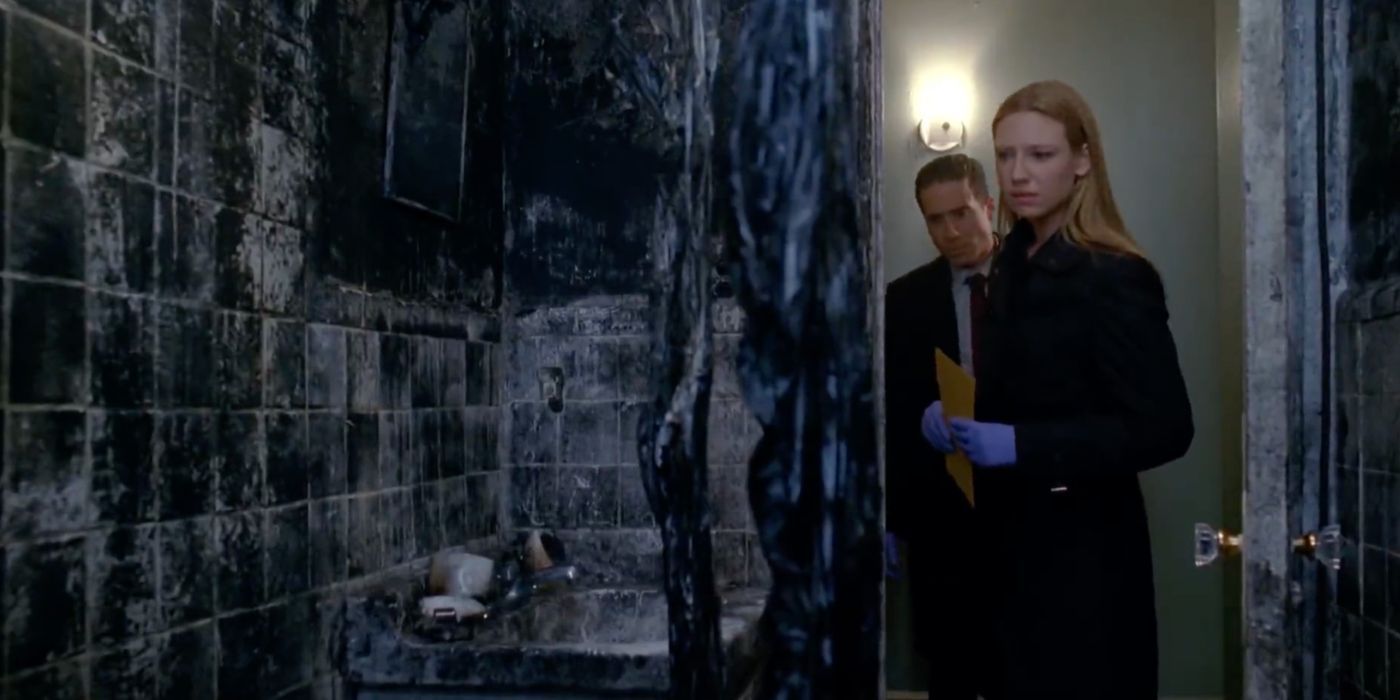
In the previously cited interview, López makes a quick mention of a phenomenon where humans are killed due to their own bodies self-destructing and igniting in flames. In the sci-fi series Fringe, multiple episodes have used the fiery concept of spontaneous human combustion with different explanations, such as Season 1’s “The Road Not Taken.” A character suffers from a fever, her body temperature rising and rising, until she implodes, fire destroying the host’s body until what is left is a charred corpse. While spontaneous combustion is excitedly brought up by Dr. Walter Bishop (John Noble), the Fringe team realizes the poor woman had a dormant psychic ability that was suddenly activated, finding evidence in her apartment where a bathroom is burnt from her rocky handle on pyrokinesis. Dr. Bishop points out spontaneous human combustion is off the table, saying, “That’s strictly a one-off event, as you can imagine.” Per Business Insider, there is a reality to this fiery phenomenon outside of sci-fi plots.
In one startling passage, a pathologist at the University of Adelaide, Roger Byard, says that the hands and feet are usually found, but not the head or torso, which has been reduced to ashes. In history and literature, starting from back in the 17th century, there are examples of spontaneous human combustion associated with alcoholism, but Byard talks about how the “wick effect” may be the key to understanding why the hands and feet are left behind while the majority of the body does not, which comes down to the body’s fat. Byard also describes how the combination of a person with alcohol and a flame (a cigarette, a candle, etc.) can ignite a fateful accident where the human body catches on fire, where the body’s own fat keeps the fire lit. Without the same amount of fat, the hands and feet are left behind for a human combustion, but just not exactly spontaneous. Due to True Detective being set in cold Alaska, this phenomenon that López is interested in may not show up, but her other name-drop seems to have been ingrained in Season 4 since the first episode.
The Famous Ghost Ship Mary Celeste Is Also an Inspiration for ‘True: Detective Night Country’
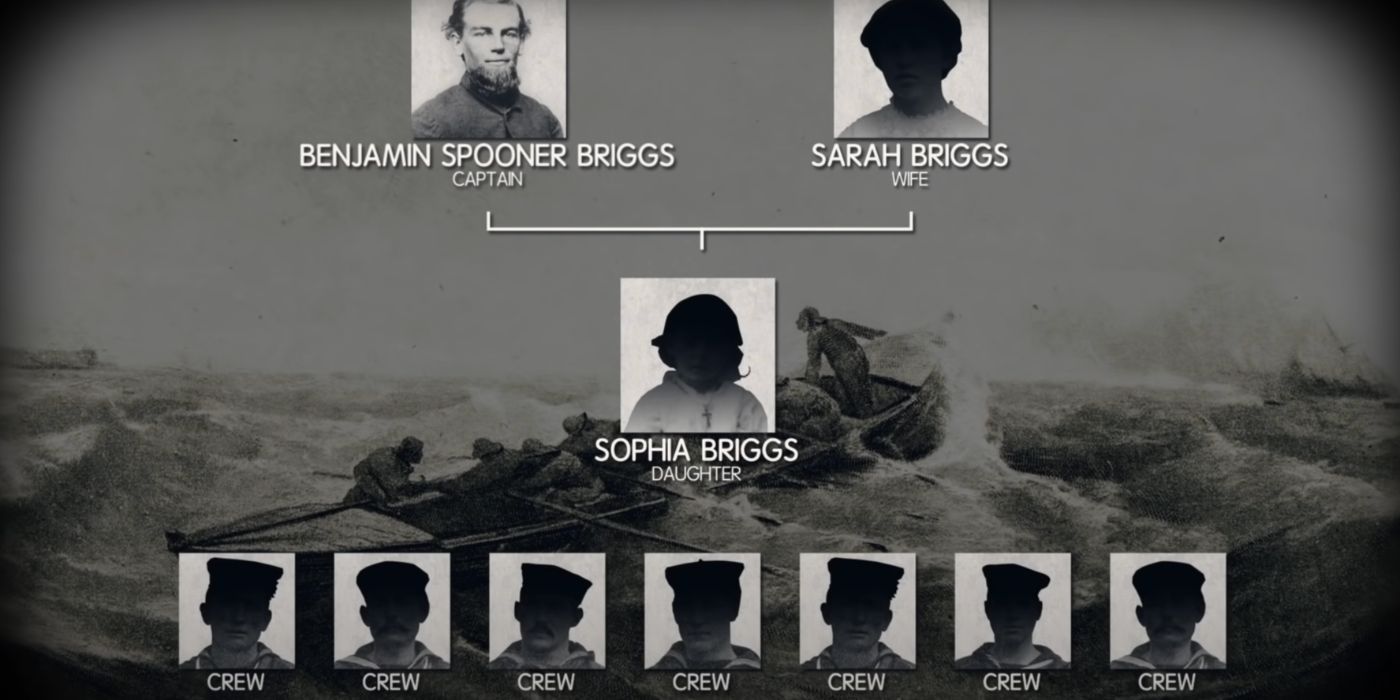
Ocean-set horror is popular in movies, but also on TV, where mysterious vessels with a supernatural cause or not can drift aimlessly without a crew. The disappearance of a ship’s former crew can be due to a horrible, body-slicing wire, like in what kills everyone in the opening of Ghost Ship, or the mystery of the disappearance can linger, like in a 1923 episode that is devoted to the Zebrina, a ghost ship that was found off the coast of France. And then there is the inexplicable mystery of the Mary Celeste
According to CBC News, the Mary Celeste was originally named the Amazon, and it was a Nova Scotia brigantine, or a two-masted vessel, that was built in 1861 at Spencer’s Island. In the years after, it undertook seafaring voyages, suffering from bad luck. A captain fell ill and upon returning to shore, he died within a matter of days. The Amazon was also reportedly wrecked in 1867, and then it was sold the next year in New York, where it was renamed the Mary Celeste. Eventually, Captain Benjamin Spooner Briggs took command of the vessel, becoming the doomed man in charge of the Mary Celeste when it became a ghost ship.
In 1872, the Mary Celeste sailed from New York with a seven-person crew that would disappear without a trace — including Captain Briggs, his wife, and his young daughter. The date was November 7, 1872, with the ship’s destination set for Genoa, Italy, but something happened toward the end of the month that would bring the voyage to a grim ending when it was discovered on December 4, 1872, with no signs of life onboard. The Mary Celeste was drifting off the Azores islands of Portugal, discovered by another ship, the Dei Gratia. An investigation of the Mary Celeste saw the only lifeboat was missing, and water in the hull, but there was no severe damage, and even odder was how everything had been left; from the food and water to the cargo, nothing was missing, except the passengers. A detail from an archival Guardian article said that among the possessions on the ship was a sword, “with marks of blood having been wiped off.” But strong evidence of violence wasn’t definite.
An inspection of the logbook had final entries dated November 24 and November 25, with nothing written down that related to fears or concerns about the safety of the ship’s passengers. There would be no sign of the Captain, his family, or crew ever again; despite no confirmed answers, the Mary Celeste returned to use in 1873, before it was involved in a wreck in an attempt at insurance fraud. In 1884, a young Arthur Conan Doyle wrote and published the short story “J. Habakuk Jephson’s Statement,” a fictitious take on what occurred on the Mary Celeste, before the author created his enduring sleuth, Sherlock Holmes, in 1887. Inspired by the ghost ship, Doyle changed the name to Marie Celeste, along with adding other creative plot points that confused readers into believing the fiction, and now, True Detective seems to be taking inspiration with its own mystifying disappearance.
The Dyatlov Pass Incident Left Behind Mysterious Deaths, Just Like ‘True Detective: Night Country’
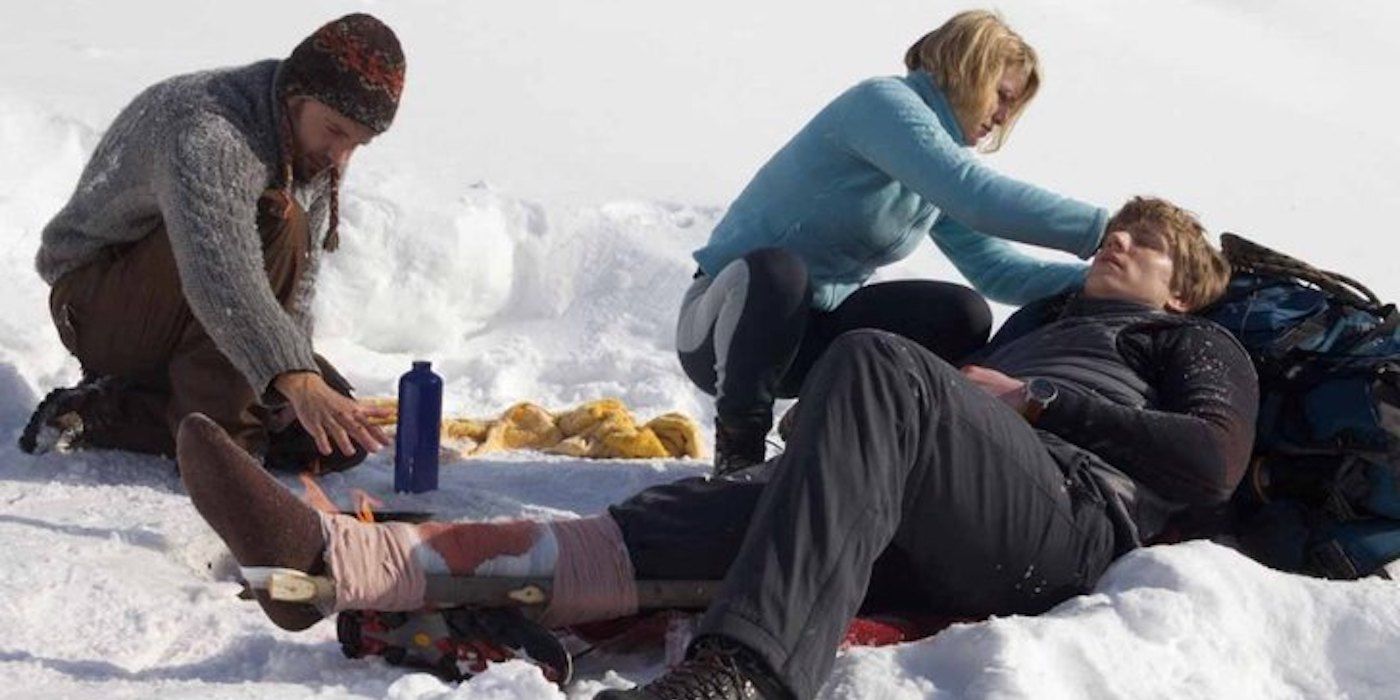
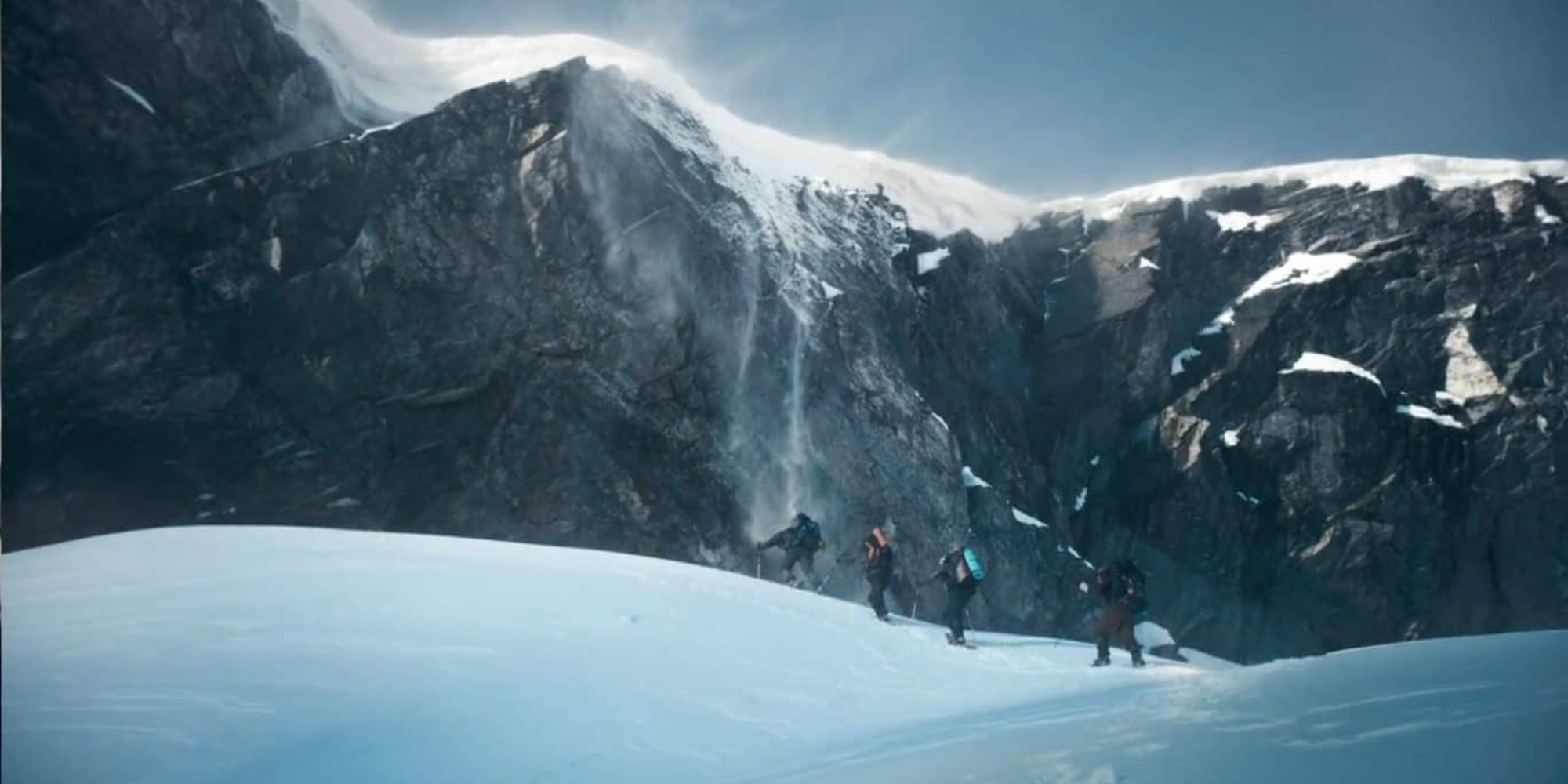
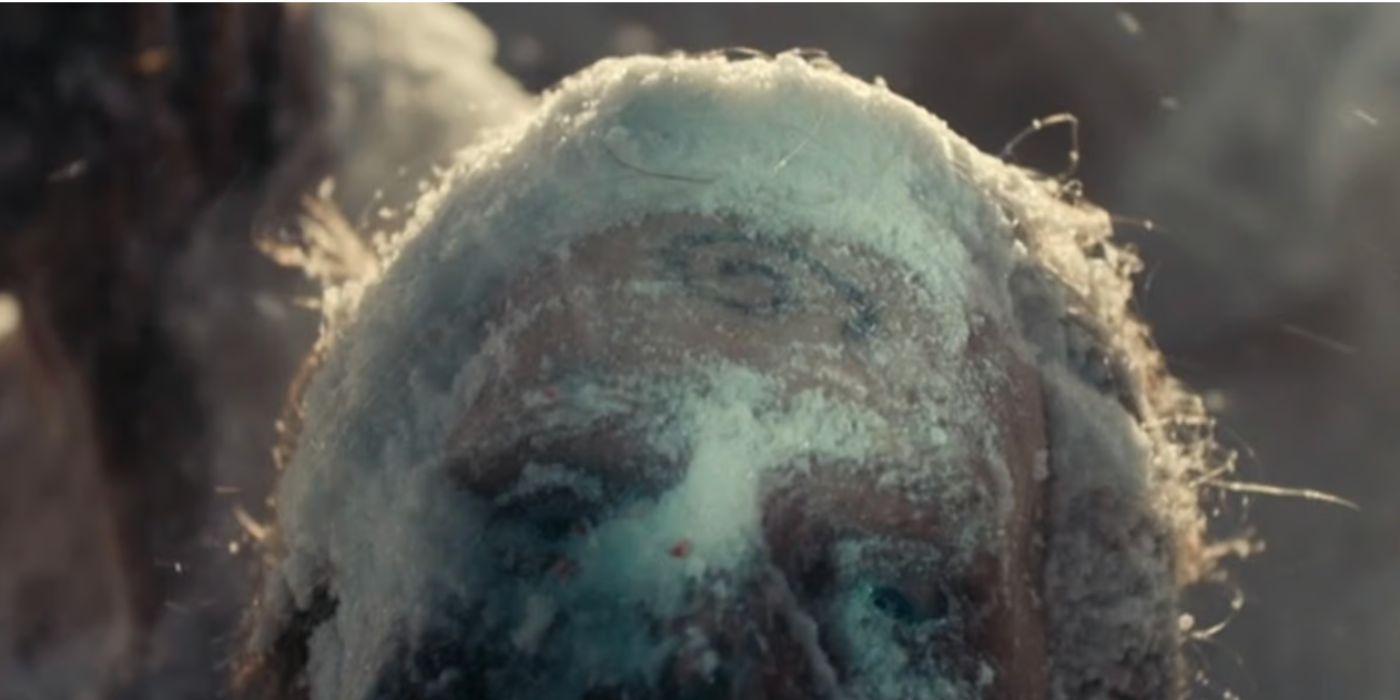
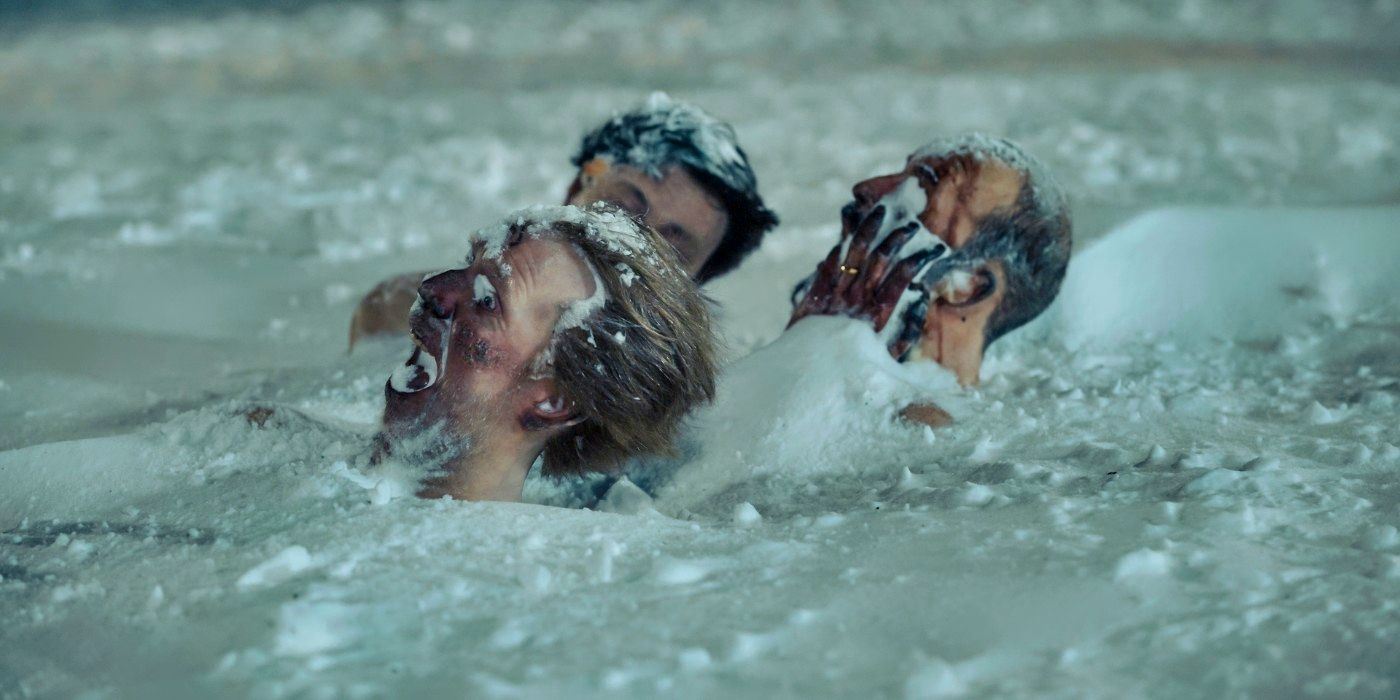
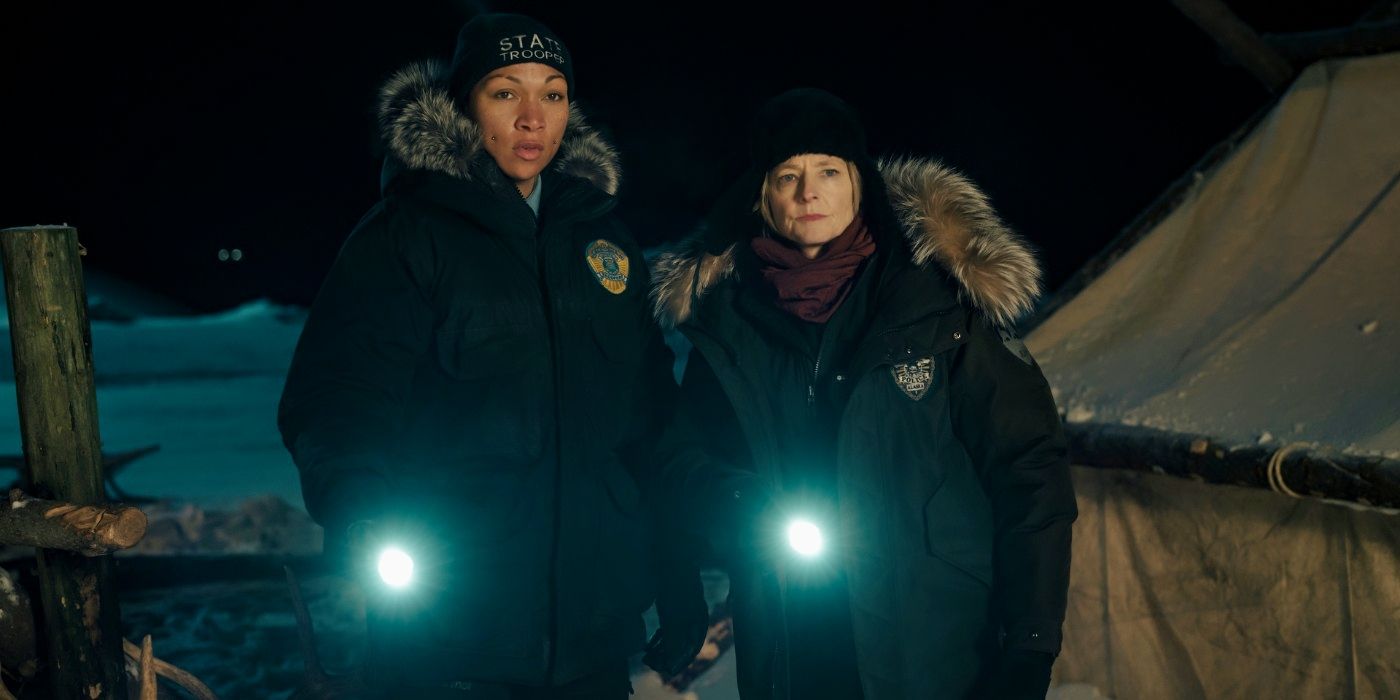
Via Creepy Kingdom’s interview with López, the showrunner and director made a point to emphasize one of the show’s biggest influences: “The Dyatlov Pass is absolutely a reference.” Back in February 1959, there was a group of experienced hikers who were students from the Ural Polytechnic Institute, led by Igor Dyatlov. In total, there were seven men and two women who were on a planned 16-day ski trip, beginning on January 23, 1959. The trip turned into a disaster when they set up a camp on the shoulder of the Kholat Syakhl mountain, also known ominously as the “dead mountain.” Over one night, something caused the hikers to cut their way out of the tents, dashing out into the snowfall and sub-zero temperatures, where every one of them perished.
None of the students were dressed to be out in the weather, some died from hypothermia, while others had stranger wounds, like a fractured skull, and (an important fact for True Detective viewers) still others had their eyes or tongue missing. By February 20, without any word from the group, a search and rescue group was deployed which found the abandoned camp and the bodies of the students, but the bodies weren’t all together. Two bodies were found, then three more, and the other four students were found when the temperatures got warmer.
Due to this happening during the Soviet Union, there was much secrecy over the investigation. No criminal activity was detected, with the conclusion that the deaths occurred because of nature. Conspiracy theories only grew over the decades, until 2021 when a good answer seemed to emerge from scientists Alexander Puzrin and Johan Gaume. Per Vice, they went to the location that has become known as Dyatlov Pass to theorize how the chaos and deaths involved a sudden, rare kind of natural phenomenon called a slab avalanche. The scientists took video evidence of the weather and environmental conditions, which could have been what harmed several of the hikers, pushing them all out into the snow and away from their camp. Decomposition and scavengers could also explain away the missing eyes and tongue.
In a recent interview with Vanity Fair, López mentioned these mysterious cases, adding that she “prefers the strange, incomplete answer. I think there is a fascination with puzzles that are still missing a couple of pieces, and that obsess us, and make us angry, and make us not stop thinking about them.” While she promises there will be a resolution on Night Country, she doesn’t want the mystery to be completely answered. Speculation after the finale might thrive, just like it has for these mysteries from history that show truth can be stranger than fiction.




